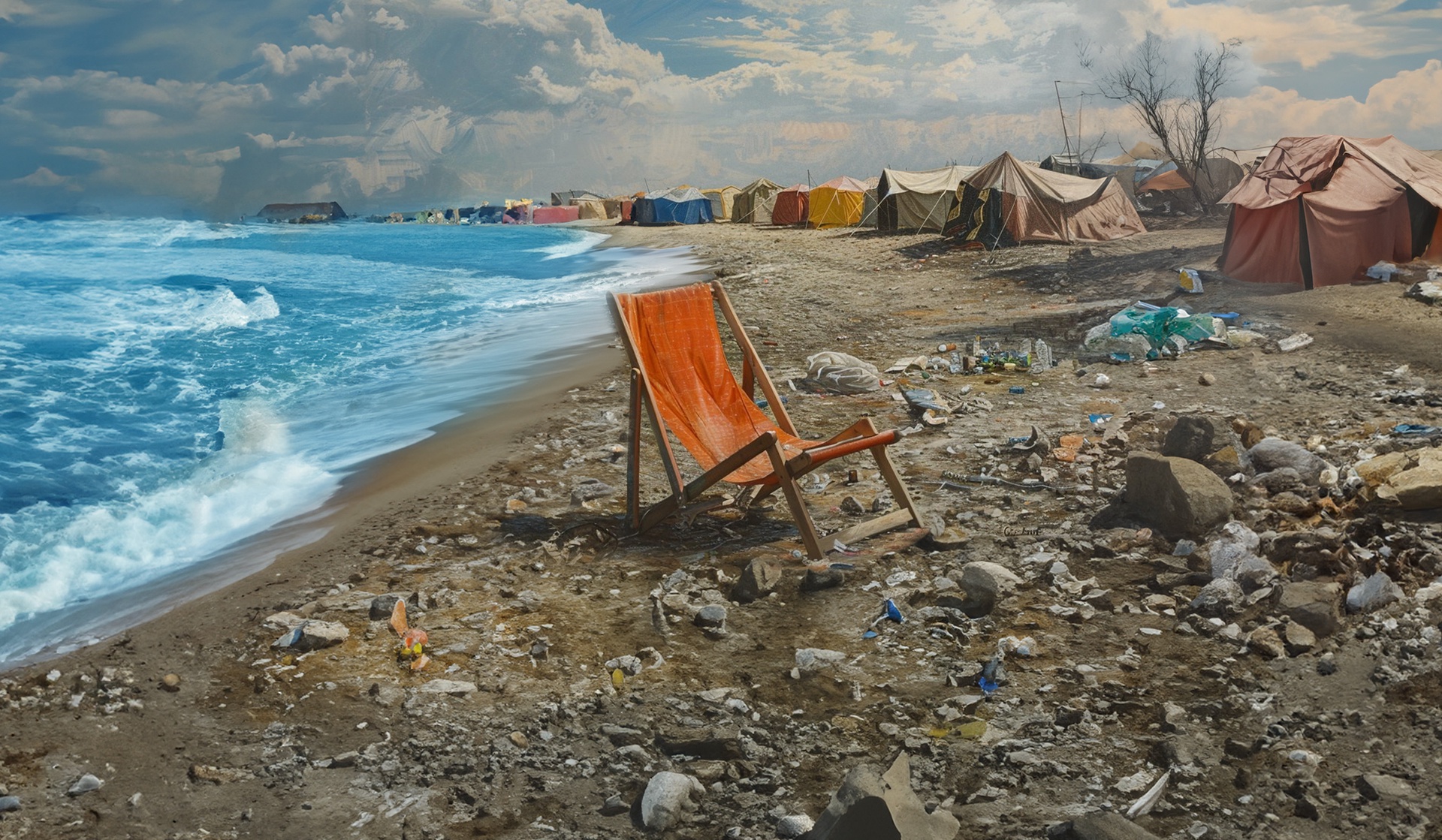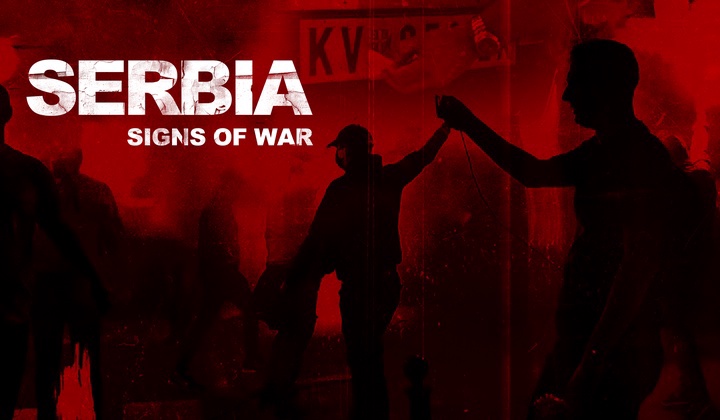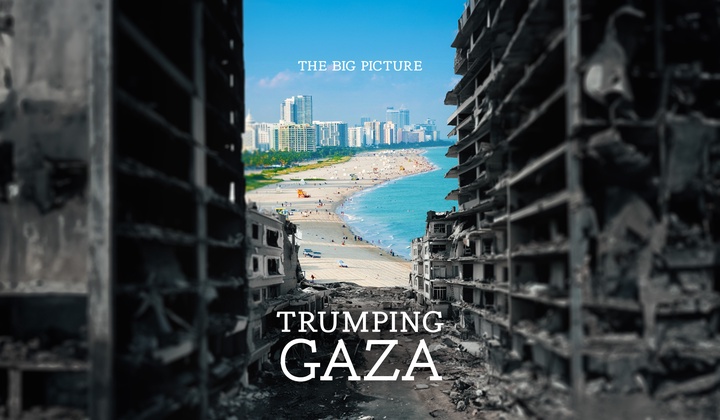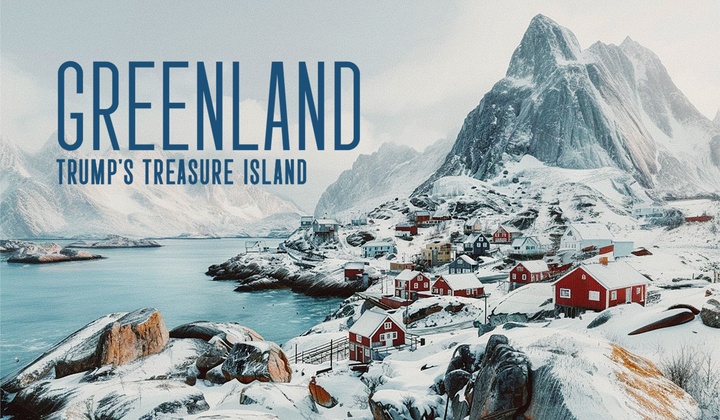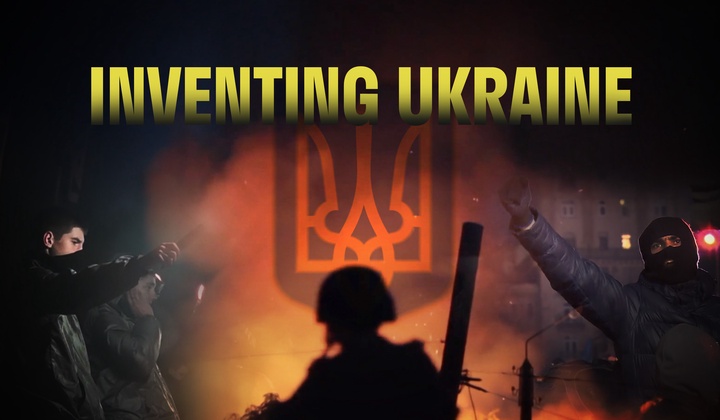Once known as the ‘Switzerland of the Middle East’, Lebanon is now mired in deep chaos. In the 1960s and ’70s, the country thrived thanks to a strong banking sector, a major port, and a booming tourism industry. But a political crisis shattered this stability.
A turning point came with the influx of Palestinian refugees from Jordan, who were expelled after a failed attempt to overthrow King Hussein in September 1970. Prior to this, Lebanon had maintained a delicate balance: Christians, Shiites, Sunnis, Druze, and Alawites lived side by side, with all major groups represented at the highest levels of government. But the arrival of tens of thousands of Palestinian refugees — mostly Sunni Muslims — tipped that balance. Other communities suddenly found themselves outnumbered. Tensions rose quickly.
Palestinian factions resumed their attacks on Israel, just as they had done from Jordan, but now from Lebanese soil. In response, Israel invaded and occupied southern Lebanon in 1982. But even after Israeli troops withdrew in the 2000s, the region remained a constant flashpoint.
Much of the border area is now controlled by Hezbollah, a powerful movement committed to driving Israelis out of illegally occupied Palestinian territories. Hezbollah enjoys strong support in Lebanese society and recruits fighters from among Palestinian and Syrian refugees. The 2024 assassination of Hezbollah leader Hassan Nasrallah has only deepened the crisis. Can Lebanon still find a way out of this prolonged turmoil?
